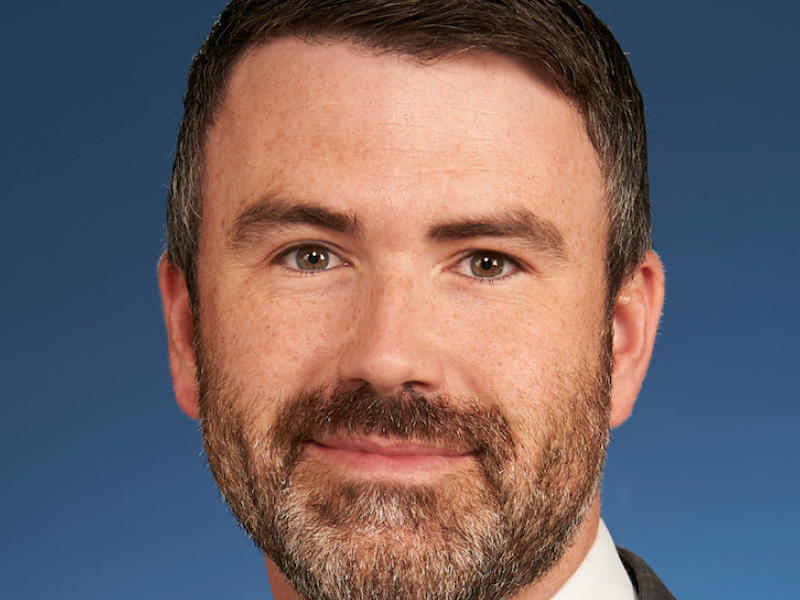

As places of economic activity, flood plains have their advantages — just ask the ancient Mesopotamians or the staff of the Winnipeg-based Teachers’ Retirement Allowance Fund.
“Those of you who have been to our offices will know we’re right at the intersection of the Red and Assiniboine rivers. We are right in the flood plain and have had flooding risks in the past,” said Graeme Hay, chief investment officer of the TRAF, during the 2021 Global Investment Conference.
Because of the threat, the pension had a robust business continuity plan — one that left the employees able to respond effectively to the coronavirus pandemic. When, on March 11, 2020, the World Health Organization declared the coronavirus to be a pandemic, the $8 billion fund’s 41 employees were prepared. “By March 30, the office was essentially closed, with just a skeleton crew,” said Hay. “Almost everyone was working from home. We wore masks and there were no group meetings, but it felt like business as usual.”
Read: Case Study: Hydro Québec pension plan cautious about credit
While the business continuity plan may have worked, it could not protect the pension from the market fallout. The team quickly identified four areas of great risk. The first area of focus was liquidity risks. As a mature plan with a one-to-one ratio of plan contributors and retirees, the plan’s monthly cash flow had been $17.5 million greater than its contributions prior to the pandemic. The TRAF’s investment team calculated this difference could balloon to as much as $37 million per month.
“Having the cash to pay for pensions was certainly a risk we were keenly aware of, as well as for fulfilling commitments to private markets.”
Read: Focusing on TDF glide paths as migration from DB to DC plans continue
It wasn’t just pension payments that would require dry powder. A major currency hedge was due to be settled. At the Canadian dollar’s lowest point, it could have cost up to $33 million.
“We were keenly aware of how the U.S. dollar was trading. It would certainly have an impact on our hedge settlements,” said Hay. “As the Canadian dollar rapidly devalued, we didn’t have the liquidity to settle that hedge.”
Ensuring the availability of cash in the pension’s coffers required swift action. Within weeks of the WHO’s declaration, the pension drew more than $275 million from universe and long-term bonds. “We were able to invest much of the cash and benefitted from the equity rally, but it did impact our performance in 2020, though only marginally.”
The second focus was on concentration risk. While the TRAF portfolio was well-diversified, with its largest allocation about 1.6 per cent of its total assets, entire sectors were badly affected by restrictions on movement. “Retail was probably the worst-hit sector,” said Hay. “We were primarily allocated to the industrial and family sectors and those did well.”
Read: Getting delegation right at Manitoba’s Teachers’ Retirement Allowances Fund
The third focus was placed on operational risks. The TRAF relies on external asset managers for the allocation of its investment dollars. Fortunately, a comprehensive operational risk assessment had been conducted on the external managers in 2019. “They found we were working with really high-quality managers and that proved to be the case. Operationally, there were no issues we ran into.”
The fourth area of focus was on investment risks. Prior to the pandemic, much of its internal due diligence monitoring work had involved face-to-face meetings. Ultimately, rather than taking on any new investment managers, the plan allocated about 7.5 per cent of its assets to existing ones.
“This was unpredictable, but we were prepared,” said Hay. “We didn’t make any drastic policy or strategy changes in terms of our investments. In many ways, we are stronger coming out of this.”
